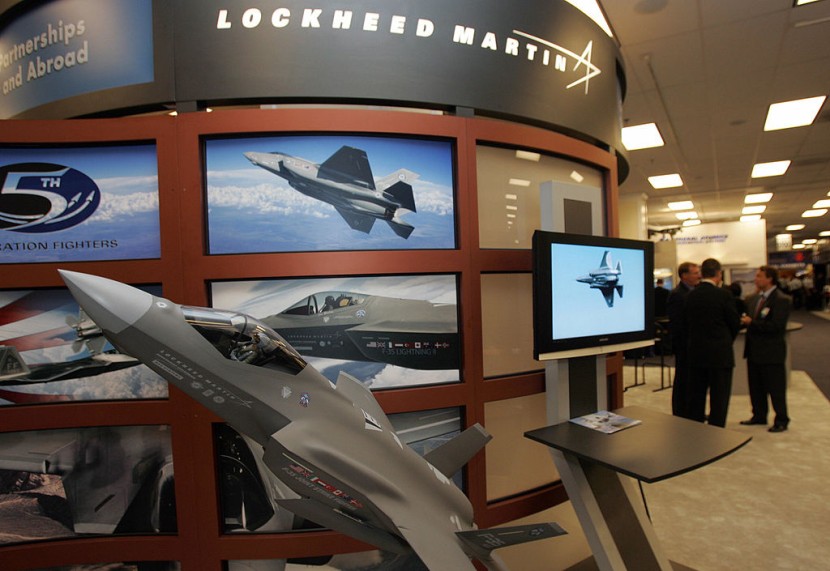
The Chinese 6th-generation fighter is expected to do its first flight in 2026, as many nations have similar projects. A remark by the head of the US Air Combat Command (ACC), General Mark Kelly, mentions that China's own future fighter might beat the US.
Chinese 6th-Gen Fighter Threatens NGAD
Gen. Kelly stressed that the US must beat other nations to get a test flight a month before everyone else. He addressed the Air & Space Forces Association's (AFA's) Air, Space & Cyber Conference, reported EurAsian Times.
The USAF boasts of a never-before-seen aircraft with advanced capabilities and is the most capable one. But the pronouncement that Beijing has a secretive advanced fighter program, with no information available.
In the 2022 Zhuhai Airshow, this version of the Chinese NGAD concept had no tail that appeared as a mock-up. The ideas behind its development have been fleshed out in Chinese white papers.
In October 2021, the Chengdu Aircraft Corporation's (CAC's) factory airfield built a mock-up of an X-plane that will be the basis of a 6th-generation fighter.
6th-Gen Fighter's First Flight in 2026 Worries the West
A comment by PLA aviation expert Andreas Rupprecht pointed out some rumors that some information is reputable and that it would take until 2035 to be flying. But the project needs to take flight by 2026 to 2028, noted The Drive.
The source of 2036 as the operational date of 2035 came from a 2019 interview with Wang Haifeng, chief designer for the CAC.
One of China's two key fighter manufacturers, CAC, is already in charge of manufacturing the fifth-generation J-20 aircraft and the single-engine J-10 fighter. As a result, an advanced jet program is a logical choice.
General Kelly and his key comments at the AFA conference, held last September, stressed that China's objectives for their future manned fighters are similar to USAF's approach, per Air & Space Forces Magazine.
These attributes are improved stealth, more brainy computers, and integration of all systems during missions. Looking at the airframe with no tail seen at the CAC factory could be one of the stealthiest designs.
The conclusion from the new airframe is more stealth designed to defeat the plethora of radar types made to counter stealth. It comes with an improved radar signature for all aspects of the plane.
Noticeably, the PLA design lacks a tail that is more streamlined and capable of faster than Mach 3 flight and can easily sustain supersonic speed.
Next-Generation Cutting-Edge Fighter Design
An advanced PLA fighter is a diamond-inspired delta wing platform with a thinned-out nose cone and cockpit area as long as the J-20. Packed with room for fuel, a spacious internal weapons compartment, and less weight.
Improved range, more weapons, and fast acceleration, with stealth, might mean far-developed stealth. But not tail means challenging stability while flying but countered with thrust vectoring.
A Thrust Vectoring Control (TVC) engine is powering China's future jet derived from a WS-19 Turbofan power plant. It could control a swarm of loyal wingmen, seen with the J-20 at the Zhuhai Airshow.
China's 6th-generation fighter scheduled on its first flight in 2026 is a race to win and dominate the advanced fighter jet production.
© 2026 HNGN, All rights reserved. Do not reproduce without permission.








